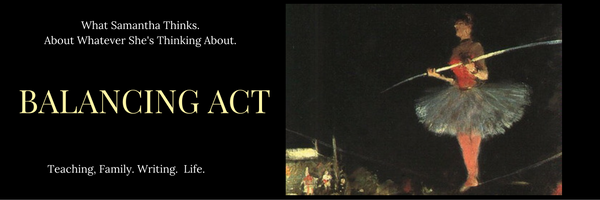_______________________________________
Whose story is it anyway? Balancing the demands of an
ensemble cast.
by LJ Cohen
The novels of Halcyone Space (Derelict, Ithaka
Rising, and Dreadnought and Shuttle) tell a story through a large
cast of characters. While I have written a lot of novels over the past twelve
years, most of them have used a limited set of point of view characters. But
when it came to telling a space opera tale, I knew it would need more voices.
Point of View (POV), like other elements of writing, should
be a deliberate choice. A large, rambling narrative can be a better fit for a
multitude of voices than trying to tell it through one set of eyes. In
contrast, a tightly coiled story in a limited setting might function best with
one narrator. That is the choice I made in my standalone urban fantasy, Future
Tense.
Future Tense has a lot in common with a thriller in
that Matt, the main character, needs to solve the riddle of his own prescient
visions before the people he has grown to care about get hurt. I wanted readers
to feel Matt’s sense of being hemmed in by circumstance and the narrowing of
his choices as the story unspools. Using only his POV helped to accomplish
that, as the reader only knows what Matt knows. This heightened the tension
throughout the entire novel.
For the Halcyone Space books, that would have been the wrong
choice. These are stories that span multiple planets and involve
government-wide conspiracies. With multiple plot threads that weave together
into each narrative, the stories needed an ensemble cast and a large number of
POV characters.
But how to balance the ‘screen time’ that each character
gets? Is that even important?
When it came time to give artist’s notes for the covers, I
realized that depicting half a dozen principal characters would not only be
impossible, but also would be the wrong choice. While, for the most part, all
the characters have roles in each book, it’s also clear that each book highlights
the arc of one or two main characters. In Derelict, that was Rosalen
Maldonado, or Ro to her friends. In Ithaka Rising, the story of the
Durbin brothers—Barre and Jem—drove the narrative. And while Jem was the
character who starts the plot ticking, it’s Barre who shows the most growth and
change. For book 3, Dreadnought and Shuttle, despite being a new
addition to the series, Dev—Devorah Martingale Morningstar (and she knows it’s
a ridiculous name) takes center stage.
I’d like to say I consciously planned out that shifting and
balancing of lead characters, but I’d be lying. Perhaps my subconscious helped,
knowing there wouldn’t be a feasible way to give each of six main characters
and at least that many secondary characters equal billing and still have a
coherent story.
The other advantage of telling a story through multiple POV
is the richness it can bring to describing characters both through their own
voices and through another character’s perspective. That’s another way to bring
balance to each character. I have always enjoyed the way the play Rosencrantz
and Guildenstern are Dead brings a different understanding to the familiar
plot and characters of Hamlet. Seeing the two plays in repertory is a
fascinating study of the concept that everyone is the hero of their own story.
Homepage: http://www.ljcohen.net/
Blog: http://ljcbluemuse.blogspot.com/
Newsletter: http://www.ljcohen.net/mailinglist/mail.cgi/list/bluemusings
Google+: https://www.google.com/+LisaCohen
Goodreads: https://www.goodreads.com/author/show/5305326.L_J_Cohen
Facebook: http://www.facebook.com/ljcohen
Twitter: @lisajanicecohen
email LJ: lisa@ljcohen.net
Amazon Author page: http://www.amazon.com/-/e/B006QL6GA0
Dreadnought And Shuttle
Amazon page: http://www.amazon.com/dp/B01G5M1Z1Y
Google Books: https://books.google.com/books/about?id=0606DAAAQBAJ


Hi, Samantha! Thanks for guesting on my blog today.
ReplyDeleteI love using a few different POV. It does provide a richness to the story.
Congratulations, L J!
Thanks for the spot, Yolanda. So far, I seem drawn to write multi-perspective pieces, too. Somewhere between two and four voice characters.
DeleteThank you! Some days it feels like juggling chainsaws. ;)
DeleteGood metaphor!
DeleteThat is a toughie! She did a great job of giving advice. I've also found it's important to limit the number of characters because it can get SO confusing!
ReplyDeleteI really struggled with whether or not to give certain characters POV time, but aside from being confusing, it also started to feel too convenient - meaning I'd want to give a secondary character the viewpoint simply so I could show what was happening somewhere my main characters were not.
DeleteAfter years of hearing advise recommending single POV, it was great to read an effective use of multiple POV in the Halcyone Space series. Now I can finally follow three groups as they work separately on a rescue. Thanks, Lisa for a great explanation, and thanks, Samantha Dunaway Bryant for hosting.
ReplyDeleteAgreed! There are definitely stories that demand multiple POV for the telling.
Delete